Cusco, Peru city guide
It’s rich in history and culture, it has gorgeous cobblestone streets, magnificent architecture and many opportunities for adventure. What’s not to love? Cusco is for everyone.
This high-altitude city is the historical capital of Peru and is most well known for being the best city to base yourself before trekking to Machu Picchu. The city of Cusco is a World Heritage Site and sees around two million visitors every year.
Layout of Cusco
Located near the Urubamba Valley of the Andes mountains, Cusco is 3,400m above sea level. The thin air can sometimes leave visitors feeling the effects of altitude sickness, and so it’s important to give your body time to acclimatize when you arrive. Take it easy on your first day at least and drink lots of water.
If you are planning any adventurous trekking, make sure to take a few more days to get used to the thinner air. Consider heading to the Sacred Valley when you first arrive. It’s around 1,000m below Cusco, so it’s a great place to acclimatize.
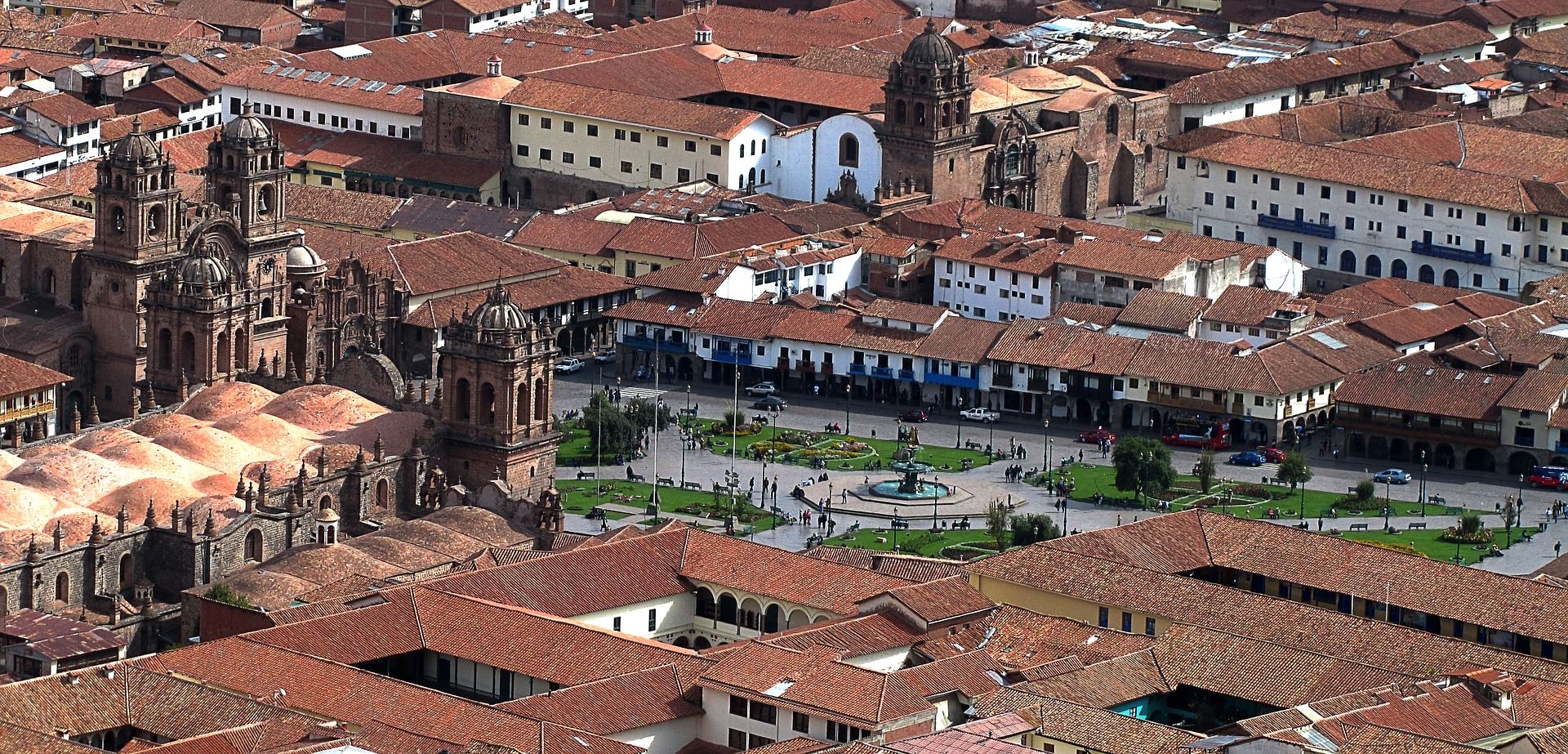
Accommodation in Cusco
There are a variety of accommodation options in Cusco which range from hostels and guesthouses to luxury five-star hotels. There is a place to stay no matter your budget!
Some noteworthy and affordable hotels include the Quinua Villa Boutique, Munaycha Hospedaje, and the Abittare. If you are looking for a little more luxury, try El Sol Cusco Apartments or the Antigua Casona San Blas, which is one of the most luxurious hotels in Cusco.
For those that are looking for a more immersive cultural experience, consider a homestay with a local family. Cusco locals offer comfortable lodging that doesn’t break the bank and have the best insider information and resources. You can learn about Peruvian customs and traditions in a family environment.
What to eat in Cusco
You have to have a taste of Cusco’s local cuisine. The best place to experience local food is at the colourful San Pedro Market, where you can buy meals, fresh produce, juices, clothing, and pretty much everything else. Guinea pig is actually a local delicacy and is quite pricey, but definitely something to experience. Don’t forget to eat it with your hands!
For less adventurous eaters, some well-priced restaurants are Organika, Green Point My Vegan and Qucharitas. If you feel like a splurge, check out the MAP Café and Le Soleil.
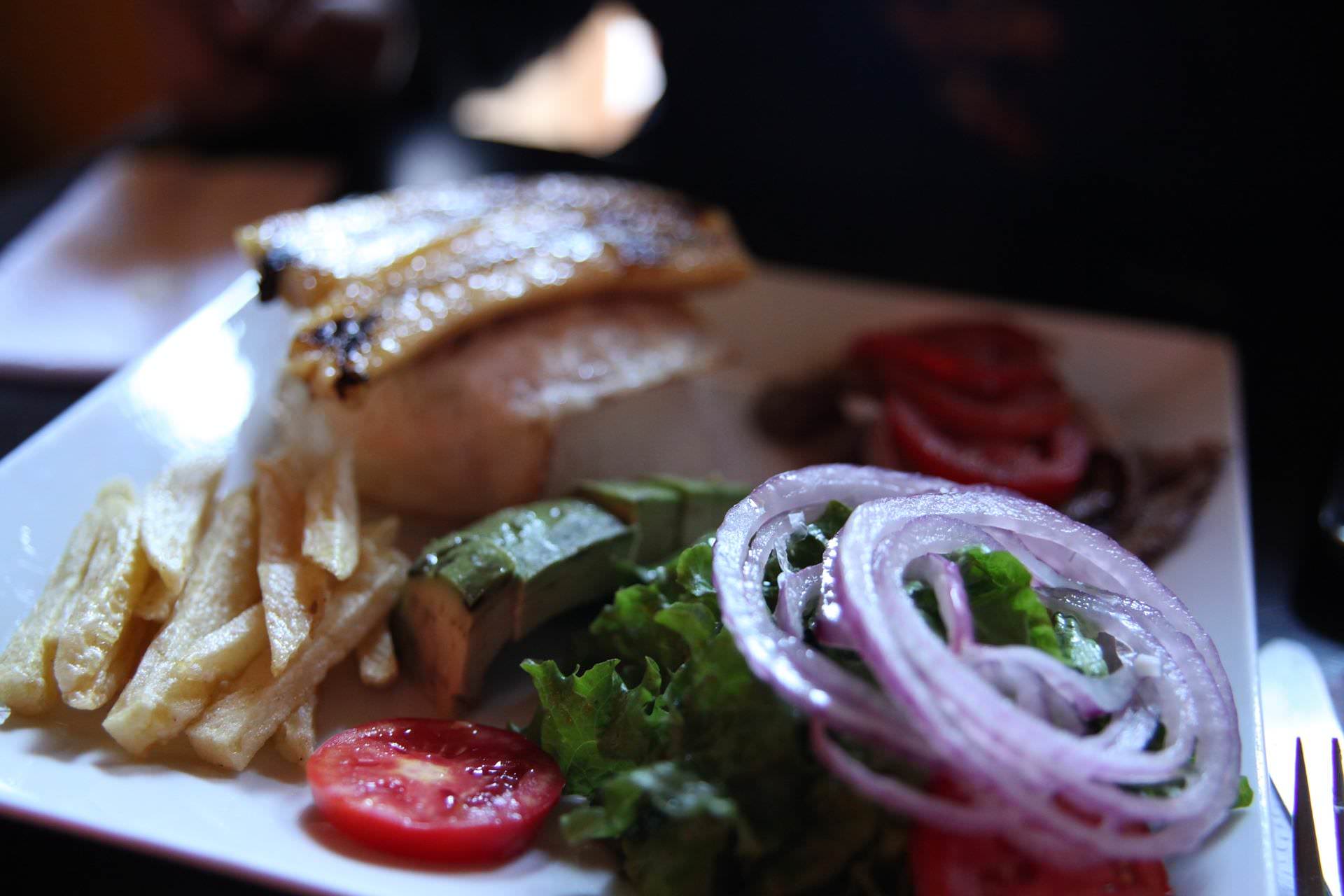
How to get around in Cusco
Roads in Cusco are windy and steep and the local drivers are fearless. Strap on your seatbelt, if you have one! However, in the city itself, bus or taxi rides are a lot less daunting. Taxis are available basically 24/7 — just wave one down. However, we recommend you use a reputable taxi company for late-night journeys. Ask your hotel receptionist or host which company is best to use.
Be aware that you need to negotiate the fare before you start the journey. Check estimated prices with your hotel receptionist to avoid being overcharged.
Buses are another way of getting around but they can get chaotic. Get on quickly, watch your belongings once you are on the bus (pickpocketing is a problem here), and shout ‘Baja!’ when you need to get off.
But the best way to get around is by walking. Cusco’s stunning historical cobblestone streets are best explored on foot. Make sure to pack comfy shoes, and don’t overexert yourself as this can exacerbate altitude sickness!
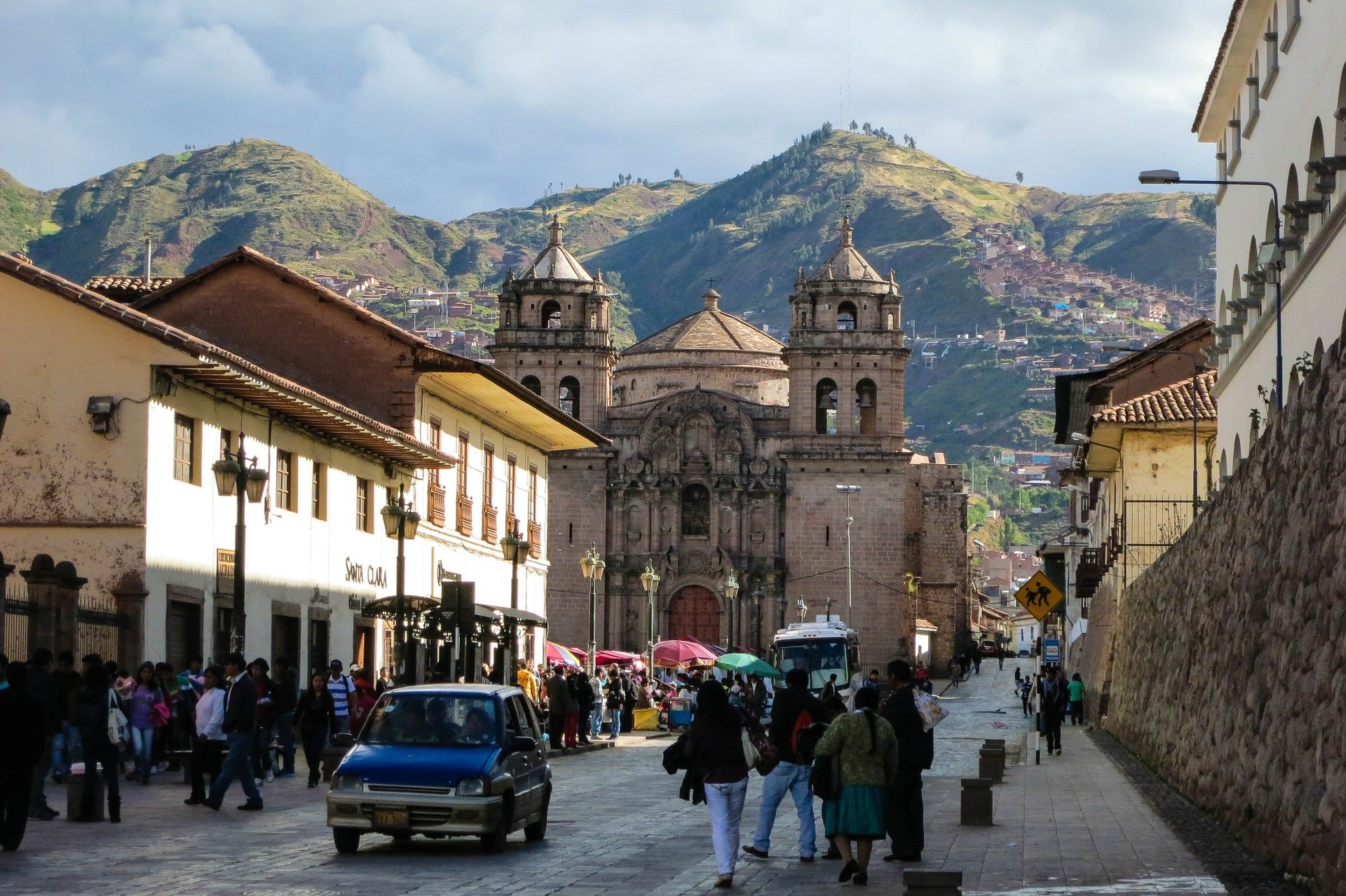
What to do for free in Cusco
Cusco has a variety of free festivals throughout the year, which tend to take place in the Plaza de Armas (the city’s main square). This is worth a visit even if there’s nothing going on, for its shops and stunning architecture. It is always buzzing with activity.
The Government Palace is located here, housing the President of Peru. While you won’t be allowed inside, it is still a magnificent historical building and definitely worth a look. Other remarkable buildings to discover are the Cusco Cathedral and Church de La Compañia de Jesus.
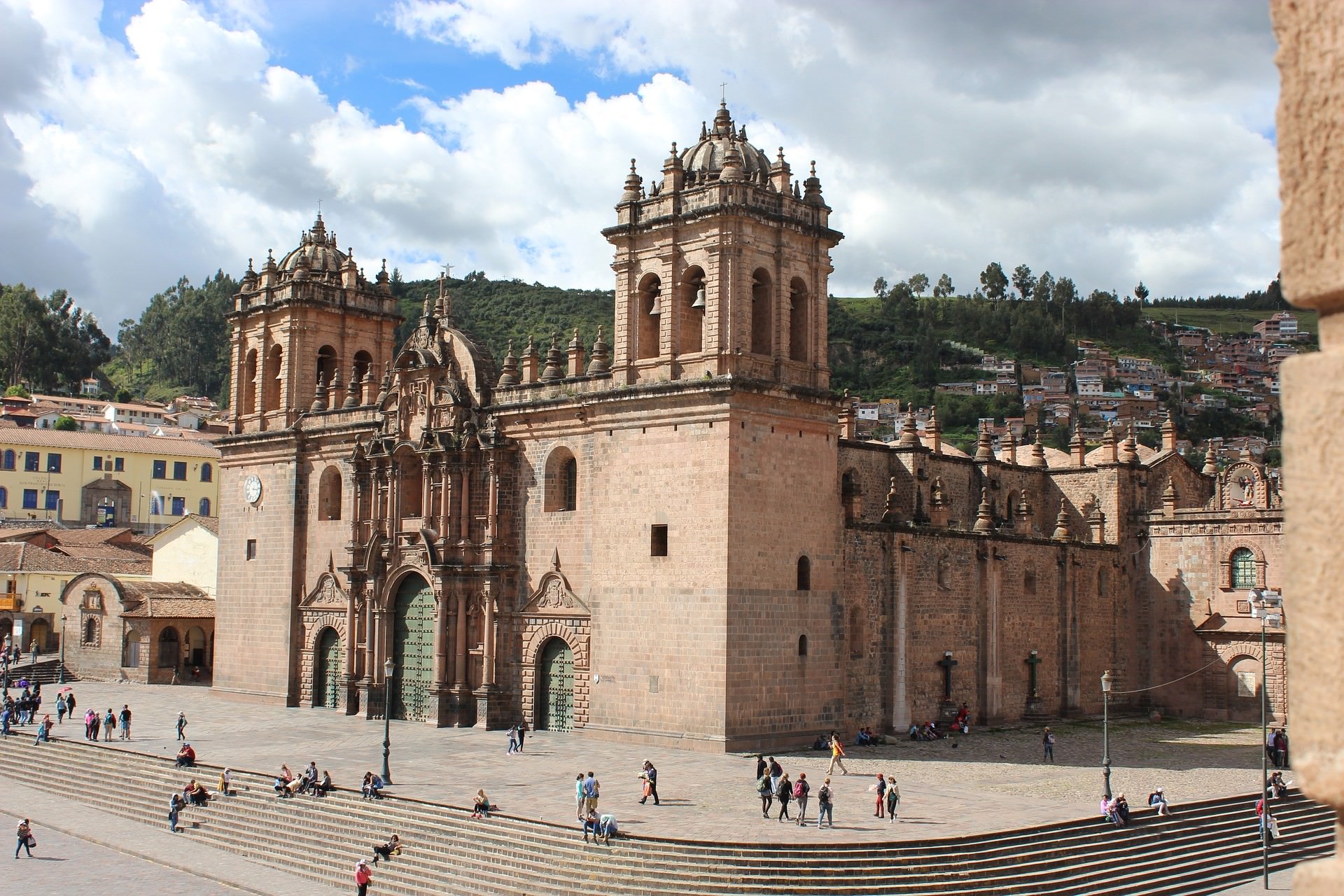
What to do in Cusco (that isn’t free)
Something all travellers to the area should definitely consider is getting the Cusco Tourist Ticket. This will get you free access to a variety of interesting sites around Cusco including historical museums and monasteries. Some of the attractions you will have access to include the Museo de Arte Precolombino (Pre-Columbian Art Museum) or the Monastery of Saint Catherine of Cusco.
If you are wanting to get out of the city and explore some ancient Inca ruins, use your Cusco Tourist Ticket to gain free access to the Saqsaywaman ruins. Here you can enjoy a picnic or simply explore the historical architecture. The ruins are located above the city at 3,700m so make sure you are acclimatized before trekking to the site. You can rent a taxi or walk to the ruins; if you decide to walk please make sure you are cautious with your belongings and walk in a group.
Of course, we have to mention the Inca Trail to Machu Picchu. This world-famous trek leads you through lush forest to the UNESCO World Heritage site, constructed by Inca tribes over 500 years ago. It is a high-altitude trek but is suitable for anyone who is reasonably fit. Permits are required, and they go fast due to the overwhelming popularity of the walk, so make sure to book at least six months ahead of your trip.
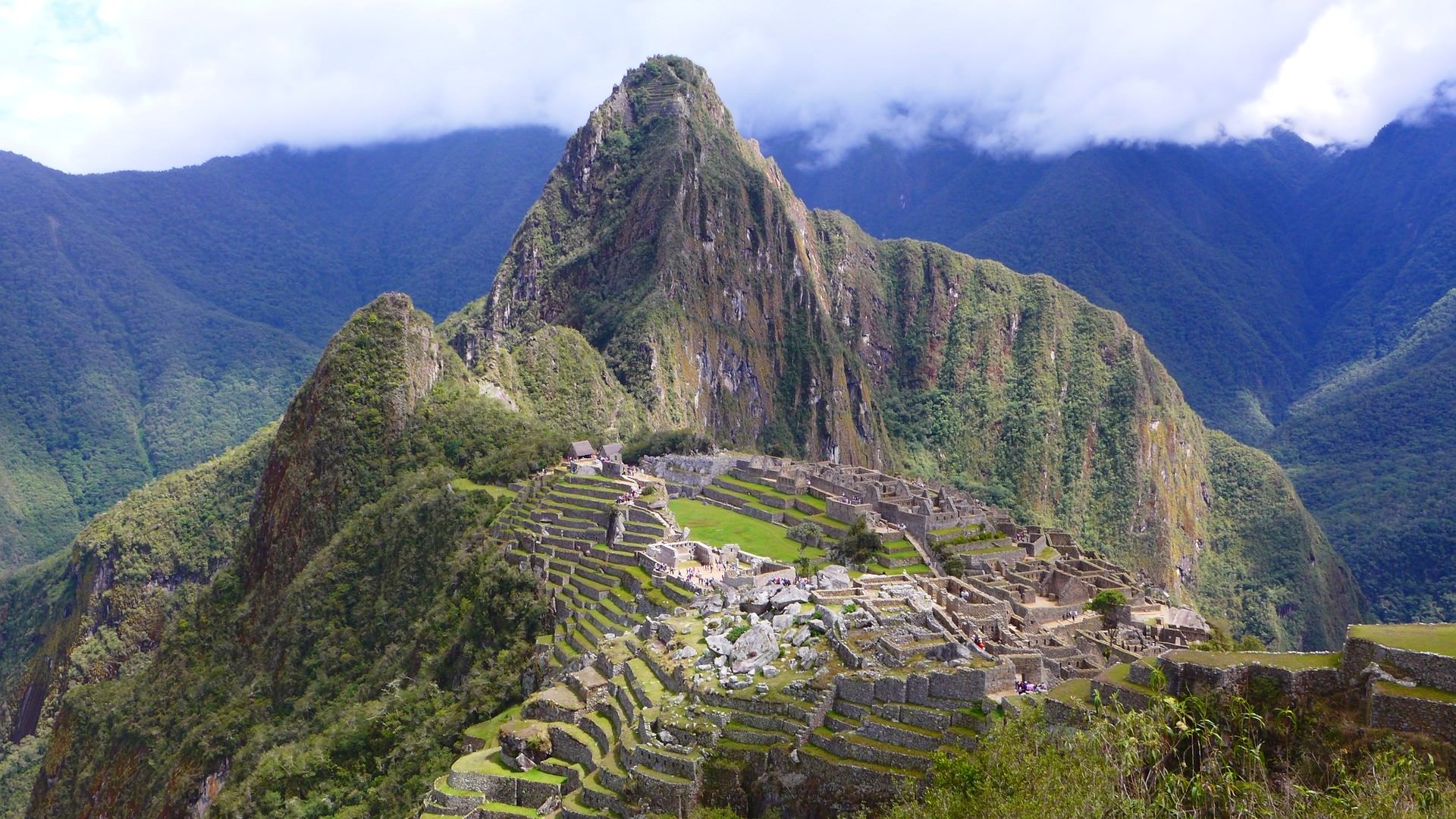
If you are looking for a real authentic experience in Cusco, consider spending a few nights in the Sacred Valley. It is rich in history and is full of authentic villages and towns. Some interesting things to do in the Sacred Valley include meeting traditional Quechua weavers or visiting the market in Pisac. The more adventurous might enjoy paragliding, white river-rafting or even ziplining in Action Valley.
There are plenty of famous sites in the area which include the Salt Pans and Inca ruins of Moray. Nobody knows what these amphitheatre-like ruins were used for, but they are a sight to behold!
The Rainbow Mountains of Vinicunca are only a few hours’ drive from Cusco and are fascinating. Prebooking isn’t necessary, as you can easily find a tour once you are in Cusco — which will probably be cheaper than booking in advance. One thing to keep in mind is you will need to prepare for the high altitude of the Rainbow Mountains. The summit is 5,200m above sea level, so this should definitely not be done on your first few days in Cusco. The Rainbow Mountains are experiencing the effects of over-tourism due to its increasing popularity, so if you do decide to go, please respect this area while you’re there.
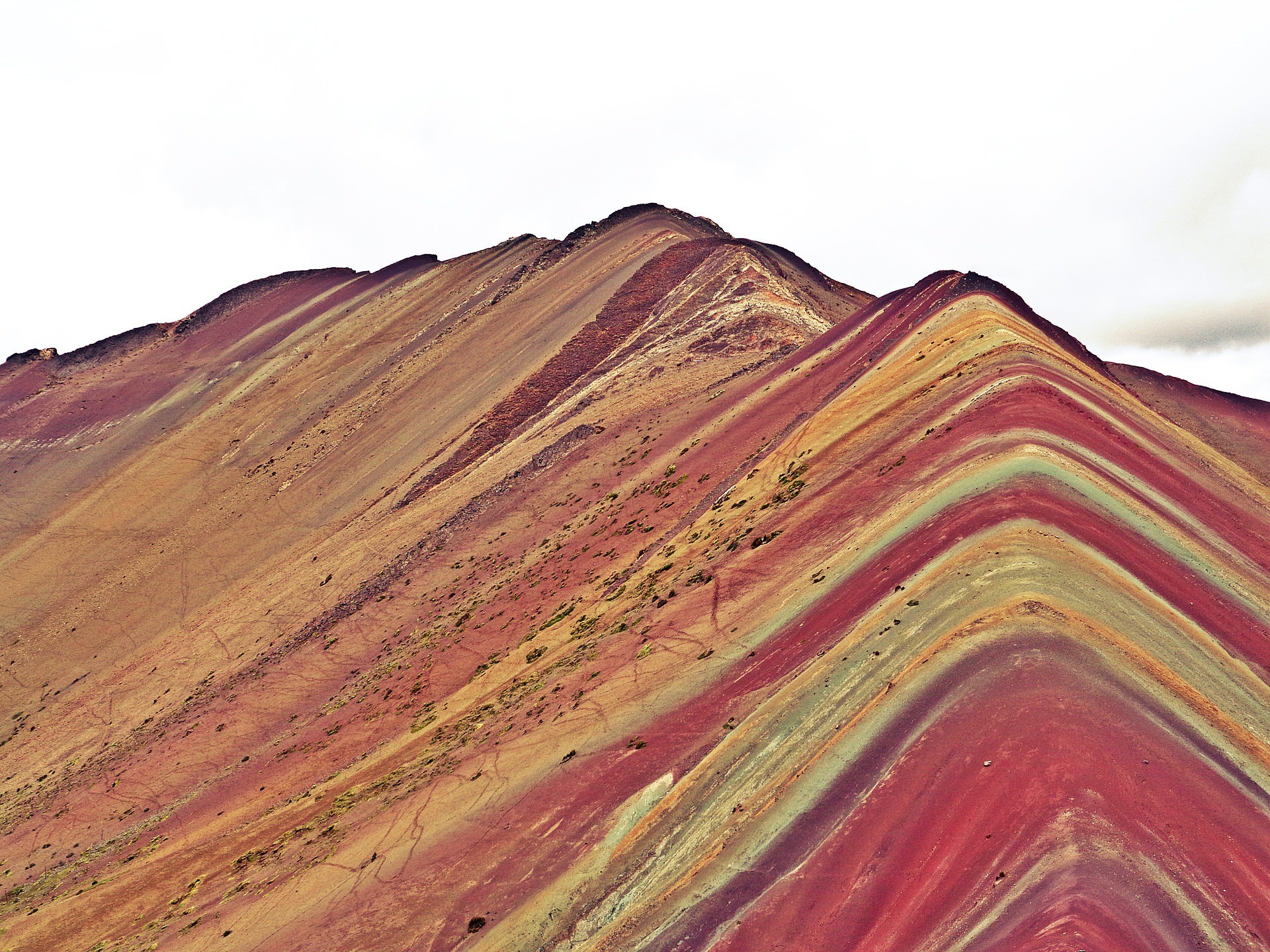
Cusco seasonal attractions
High-season crowds flock into Cusco in June, July, and August; winter in Cusco. This is because temperatures are not as hot as in summer, and there are fewer rain showers. This is also the best time for a trek to Machu Picchu — but you’ll need to book well in advance to get a spot.
May is an amazing time for celebration in Peru, featuring a water festival among other events — locals celebrate by throwing water balloons at passers-by.
In Peru for New Years? Then Cusco is the place to be! The main square is filled with partygoers and the firework displays are amazing. It’s an awesome way to start the new year!

Where to next?
A wonderful town close by is Ollantaytambo. Typically, it is a stopover location for travellers to Machu Picchu. There is a railway nearby that transports visitors to and from Cusco and is very close to the beginning of the Inca Trail.
Some tourists will go straight to this location to help with the acclimatization process as Ollantaytambo is 1,000m below Cusco.
Whether or not you’re visiting Machu Pichu, make sure to explore more of Peru. The capital, Lima, is popular with paragliders, and Arequipa is a gorgeous city that’s worth a visit. Or you could choose to see some of the many Incan ruins throughout the country that haven’t become as famous as Machu Picchu — they’re cheaper and often a lot easier to get to!
Head to Cusco!
A trip to Cusco is a memorable and historical adventure and it is clear why this magical place brings millions of visitors a year. There is something for everyone and it’s an experience you will never forget.
Want more about Peru? Check out our podcasts about South America and Peru.
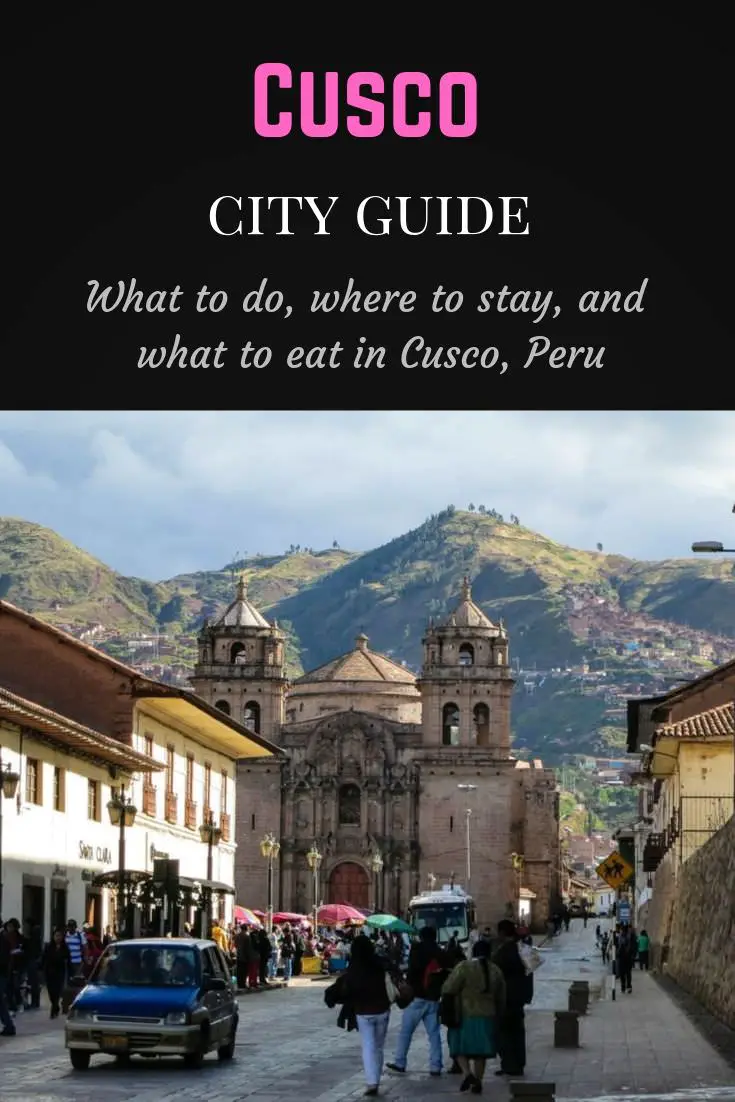

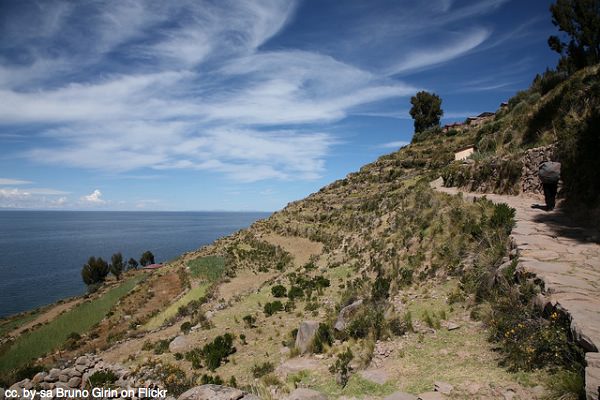
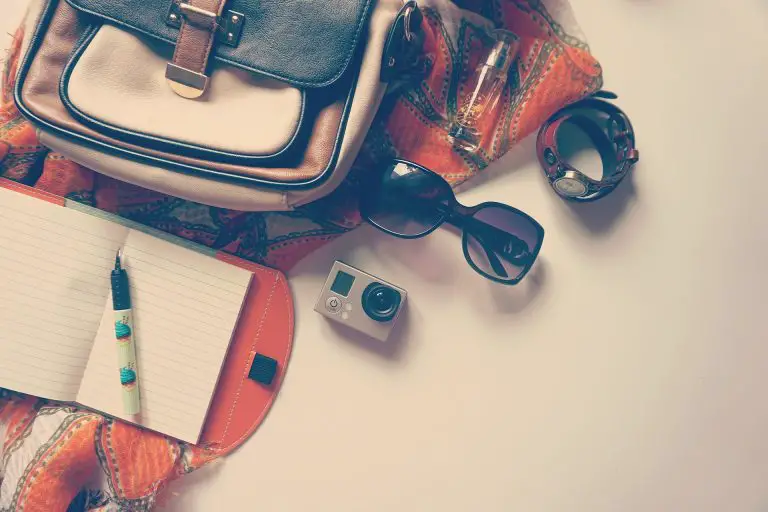
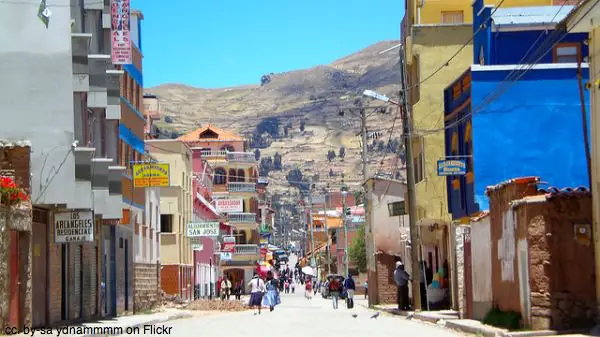

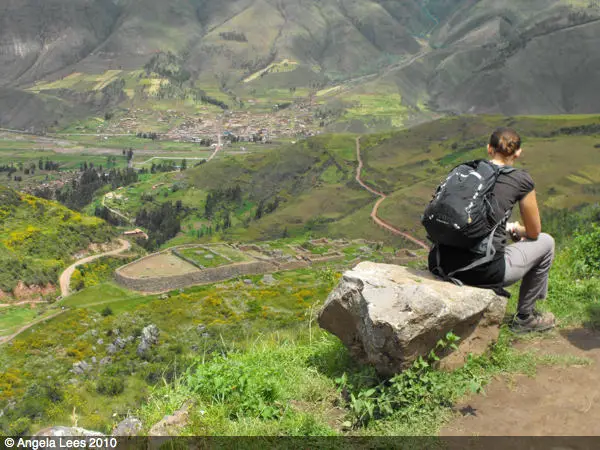
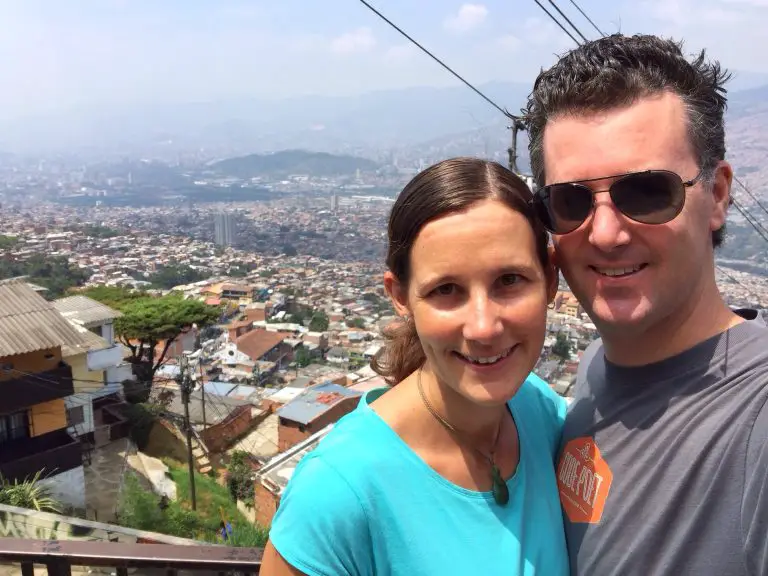
Excellent blog, the information is complete.
Narrowing down a bit of information, this 2021 there are regulations for Covid-19:
– Use masks in tourist centers.
– Transport capacity 60%
– Face masks in closed places.
Note: Information on vaccinated people is not yet available.
Hoping to have supported a bit, regards.